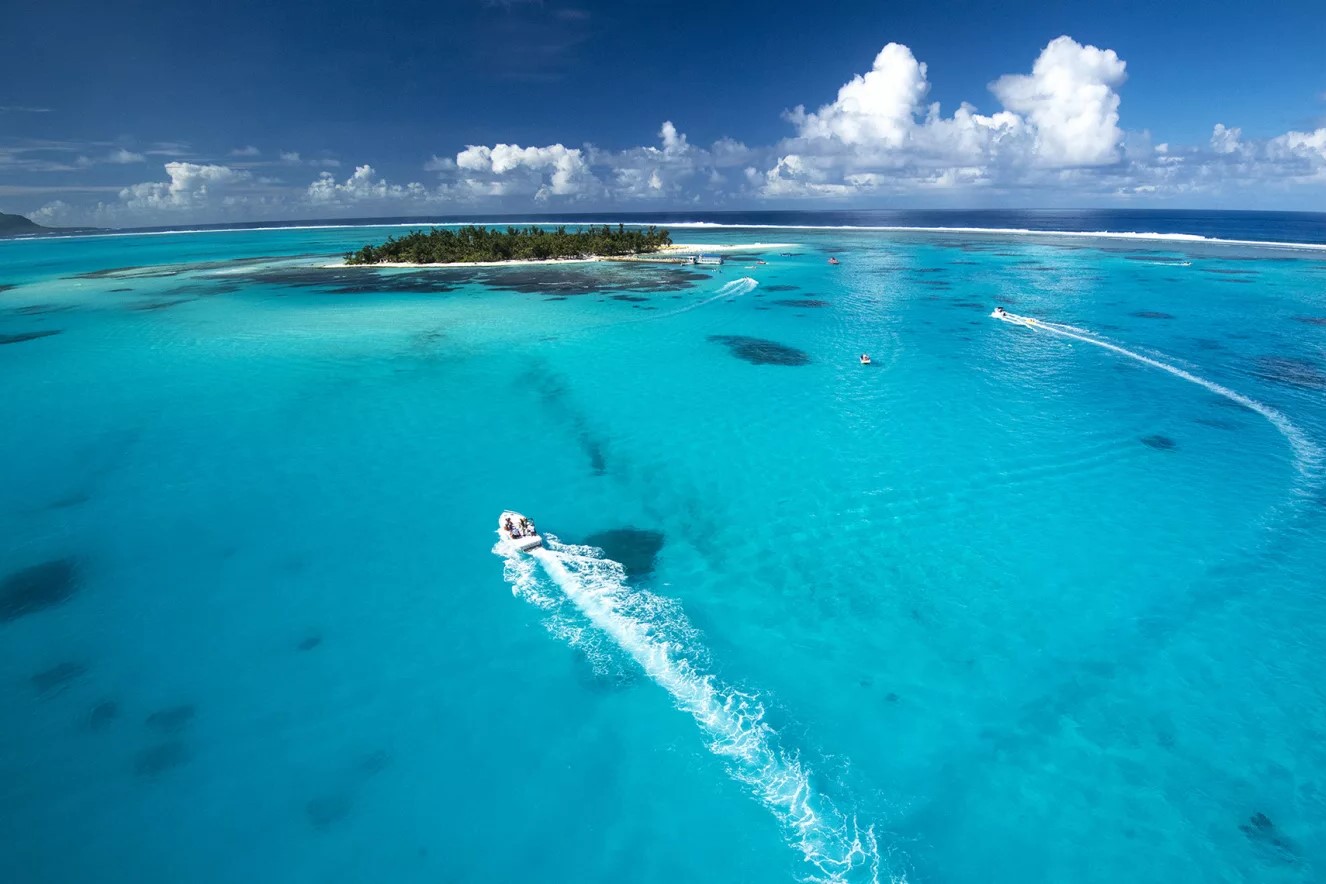
Ever wondered about the Northern Mariana Islands? This group of 14 islands in the Pacific Ocean is a unique blend of history, culture, and natural beauty. As an unincorporated territory and commonwealth of the United States, the Northern Mariana Islands offer a fascinating mix of American and indigenous influences. With a population of around 47,329, the islands are home to diverse languages, including English, Chamorro, and Carolinian. From the bustling capital of Saipan to the serene beaches and underwater volcanoes, there's much to explore. Whether you're interested in World War II history, vibrant cultural festivals, or thrilling water sports, the Northern Mariana Islands have something for everyone.
Key Takeaways:
- The Northern Mariana Islands are a group of 14 diverse islands in the Pacific Ocean, with flat limestone and volcanic peaks, a rich history, and a unique cultural heritage.
- With a population of 47,329, the NMI is a tropical paradise with a diverse economy driven by tourism, fishing, and traditional cuisine. The islands also boast unique natural attractions and cultural festivals.
Location and Geography
The Northern Mariana Islands (NMI) are a group of 14 islands in the Pacific Ocean. Their unique location and diverse geography make them a fascinating place to explore.
- The Northern Mariana Islands are located in the northwestern Pacific Ocean, about 3,800 miles southwest of Hawaii.
- These islands are part of the Mariana Archipelago, which includes Guam to the south.
- The NMI consists of 14 islands, with Saipan, Tinian, and Rota being the most populated.
- The southern islands are mostly flat limestone and coastal coral reefs.
- The northern islands consist of volcanic mountain peaks.
Population and Demographics
Understanding the population and demographics of the NMI provides insight into the cultural and social fabric of the islands.
- As of the 2020 census, the population of the NMI was 47,329.
- The population has fluctuated over time, peaking at around 80,000 in 2000 before declining.
- Most residents live on Saipan, Tinian, and Rota, with other islands being sparsely inhabited.
- The official languages are English, Chamorro, and Carolinian.
History
The history of the NMI is rich and varied, influenced by multiple cultures and significant historical events.
- The first settlers arrived by boat from Southeast Asia about 4,000 years ago.
- The islands were colonized by Spain, Germany, and Japan at different times.
- In 1914, during World War I, the Japanese navy took control of the islands.
- The U.S. military invaded Saipan in June 1944 during World War II, leading to the Battle of Saipan.
- Since then, the NMI has been part of the United States.
Government
The NMI has a unique political status as an unincorporated territory and commonwealth of the United States.
- The government is a devolved presidential constitutional dependency.
- The current governor is Arnold Palacios, who took office in January 2023.
- The legislative branch consists of a 9-member Senate and a 14-member House of Representatives.
Capital and Largest City
Saipan is the heart of the NMI, serving as both the capital and the largest city.
- Saipan covers an area of 44.6 square miles.
- As of 2010, Saipan had a population of 48,220.
- Saipan is the administrative center and hosts the Capitol Hill, where government buildings are located.
Economy
The economy of the NMI is diverse, with tourism playing a significant role.
- The economy is driven by tourism, banking, fishing, construction, garments, and handicrafts.
- The garment industry was once a significant source of revenue but has declined.
- The islands export garments, although this industry has faced challenges.
Climate
The NMI enjoys a tropical marine climate, making it a paradise for outdoor activities.
- The climate has little seasonal temperature variation.
- The dry season runs from December to June.
- The wet season is from July to October, perfect for water sports like snorkeling and scuba diving.
Natural Attractions
The natural beauty of the NMI is unparalleled, with unique flora and fauna.
- The waters around the NMI are home to five endangered whale species.
- Dugongs, sea mammals related to manatees, also inhabit these waters.
- The official bird of the NMI is the Mariana fruit dove, found nowhere else on Earth.
Island Features
Each island in the NMI has its own unique features and attractions.
- The island of Pagan was left largely uninhabited after a volcanic eruption in 1981.
- Anatahan Island experienced a prolonged eruption in 2007, lasting nearly a year.
Cultural Festivals
The NMI hosts various cultural festivals that celebrate its rich heritage.
- Festivals include a sweet potato festival, a hot pepper festival, and a fishing derby.
- The Flame Tree Arts Festival highlights traditional stick dancing.
- The Liberation Day Festival in Saipan celebrates the island's 1944 liberation from Japanese occupation.
Traditional Cuisine
Chamorro cuisine has a significant influence on the food culture of the NMI.
- Motsiyas is a popular dish made from ground chicken, hot pepper leaves, mint, lemon juice, salt, and pepper.
- Kelaguen, made with meat or seafood, coconut, and lime, is another favorite.
- Lumpias, fried spring rolls, are commonly eaten at family celebrations.
- Rice is a staple ingredient due to Spanish influence.
Education
Education in the NMI aims to provide quality learning opportunities for all residents.
- Northern Marianas College is the community college option on Saipan.
- Public and private schools are available for children from preschool age to high school.
Final Glimpse of Northern Mariana Islands
The Northern Mariana Islands offer a unique blend of history, culture, and natural beauty. From the tropical marine climate to the rich Chamorro culture, these islands are a treasure trove of experiences. The economy thrives on tourism, fishing, and handicrafts, despite facing challenges like the decline of the garment industry. Saipan, the capital, is a hub of activity, while the other islands offer serene landscapes and historical sites. The endangered species and underwater volcanoes add to the islands' allure. Festivals, traditional cuisine, and water sports make the NMI a vibrant destination. The healthcare and education systems aim to provide quality services to residents. With its rich history and diverse attractions, the Northern Mariana Islands are a fascinating part of the United States, offering something for everyone.
Frequently Asked Questions
Was this page helpful?
Our commitment to delivering trustworthy and engaging content is at the heart of what we do. Each fact on our site is contributed by real users like you, bringing a wealth of diverse insights and information. To ensure the highest standards of accuracy and reliability, our dedicated editors meticulously review each submission. This process guarantees that the facts we share are not only fascinating but also credible. Trust in our commitment to quality and authenticity as you explore and learn with us.


